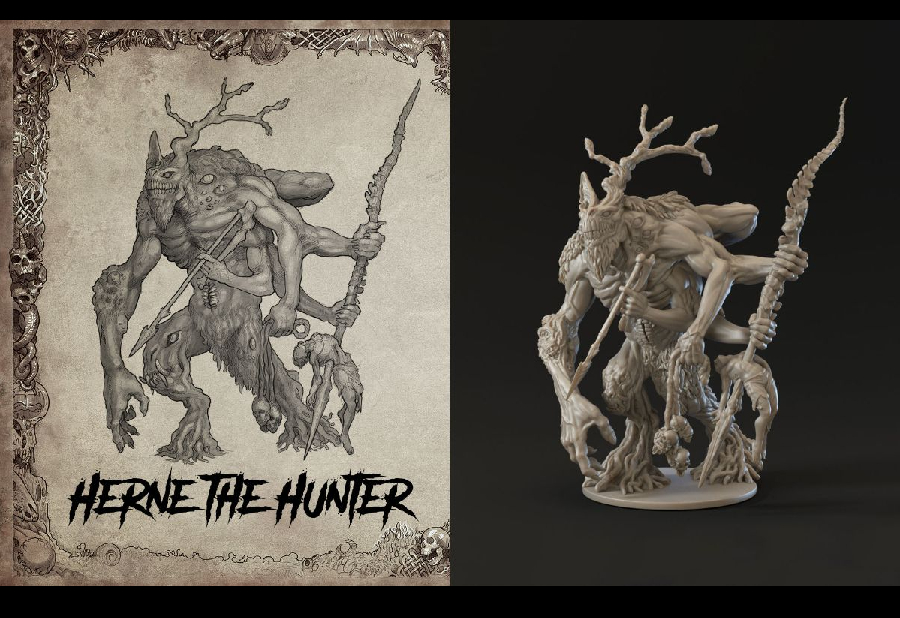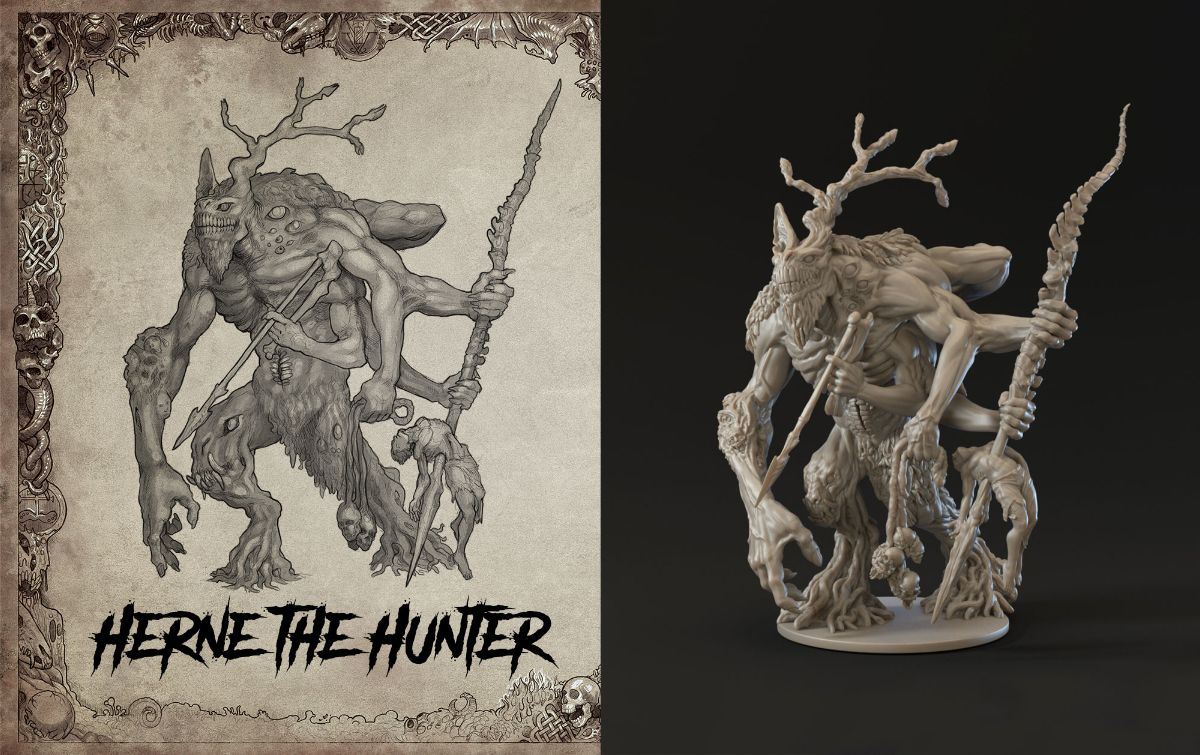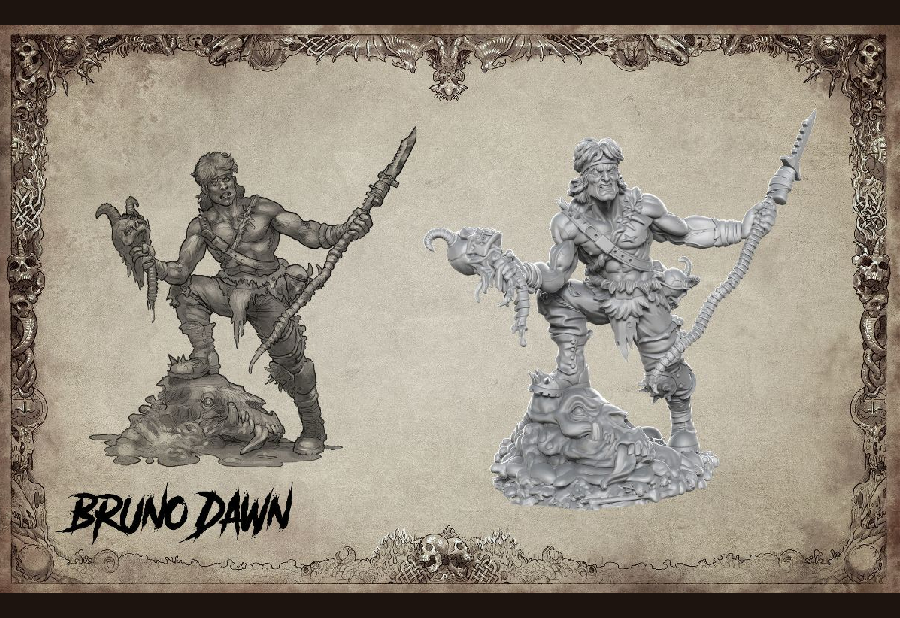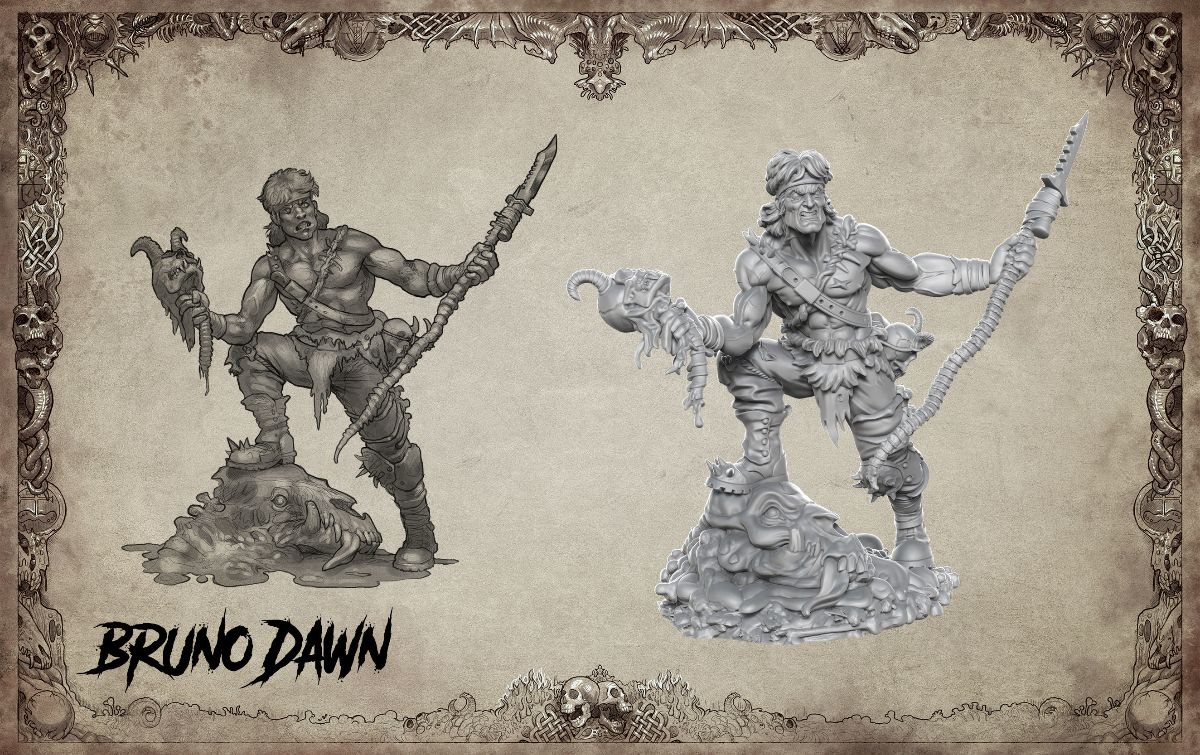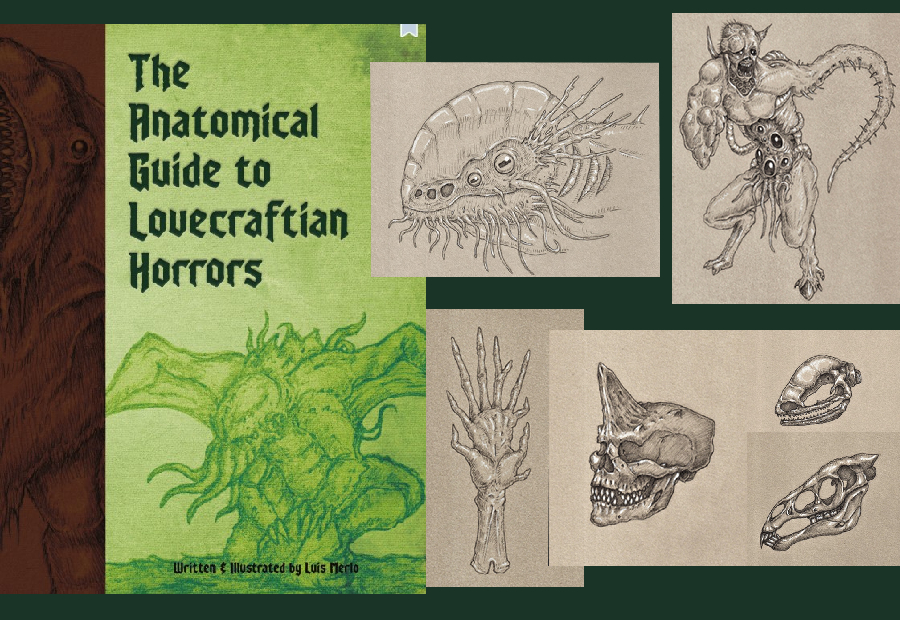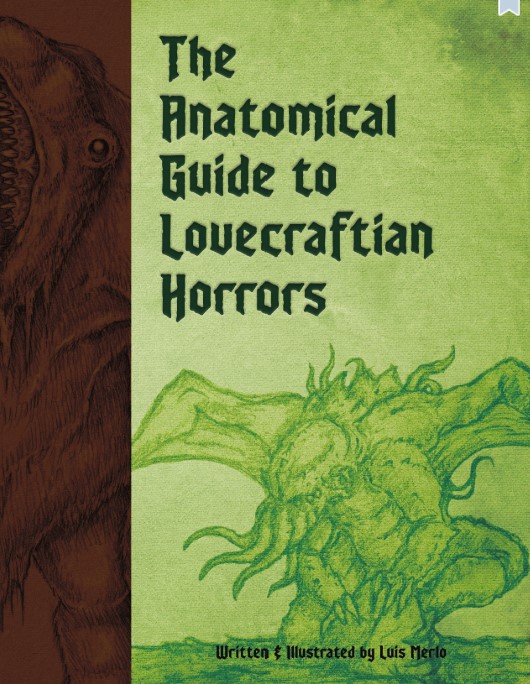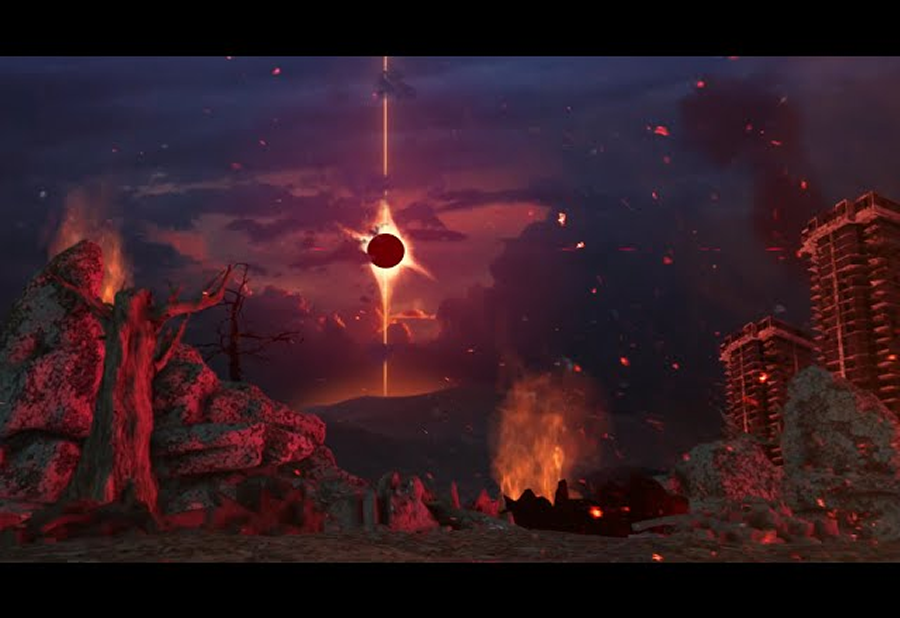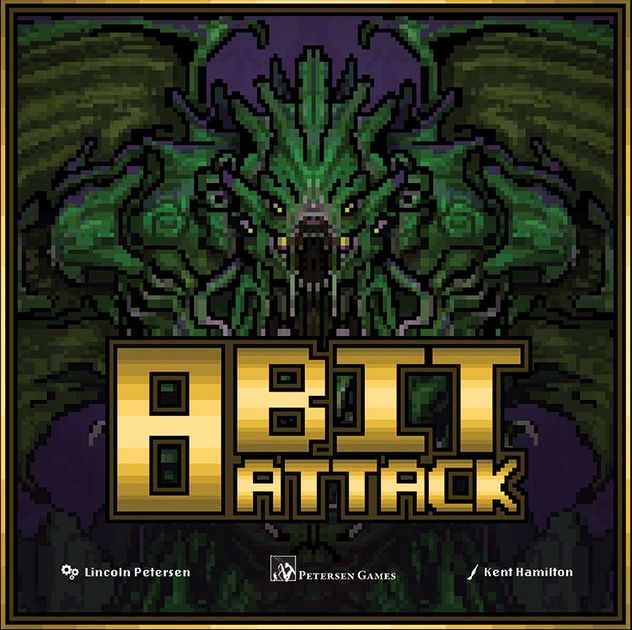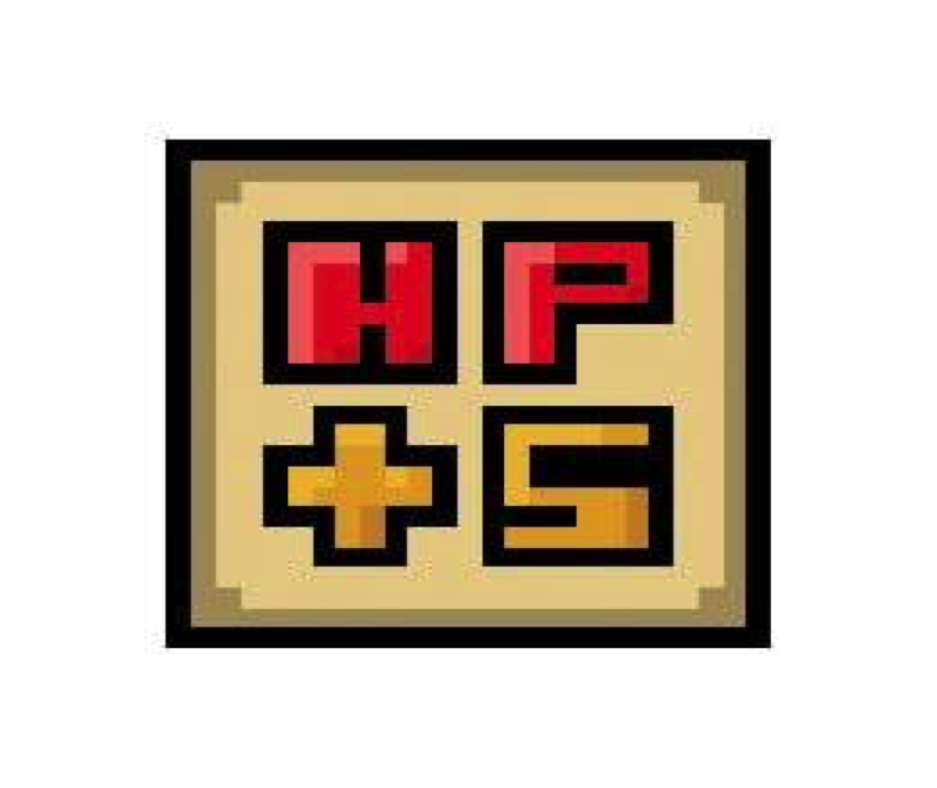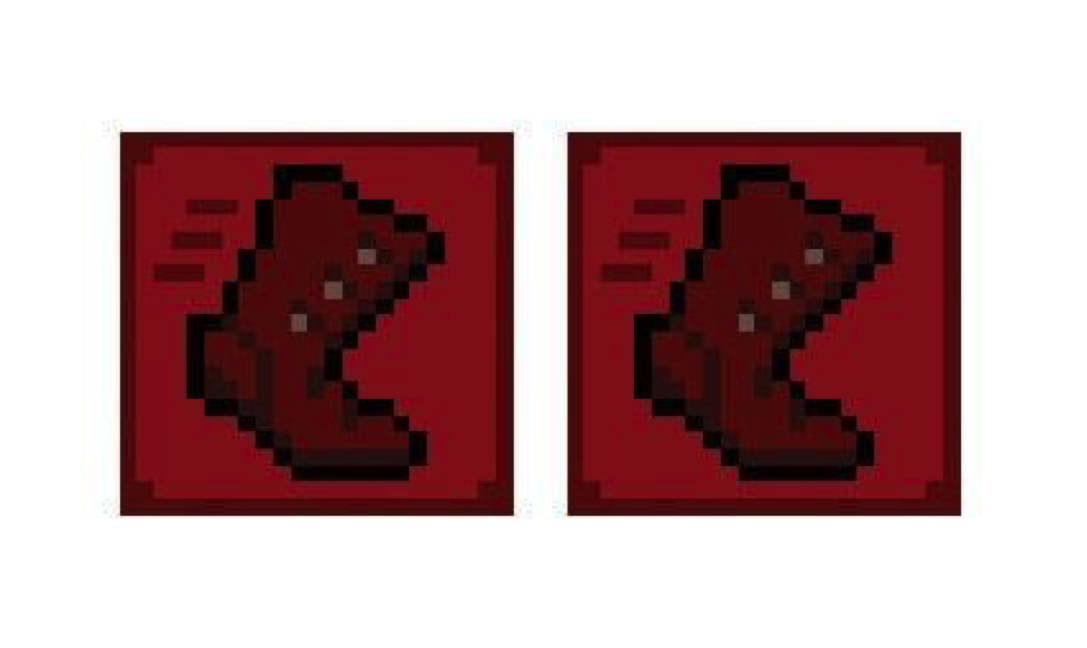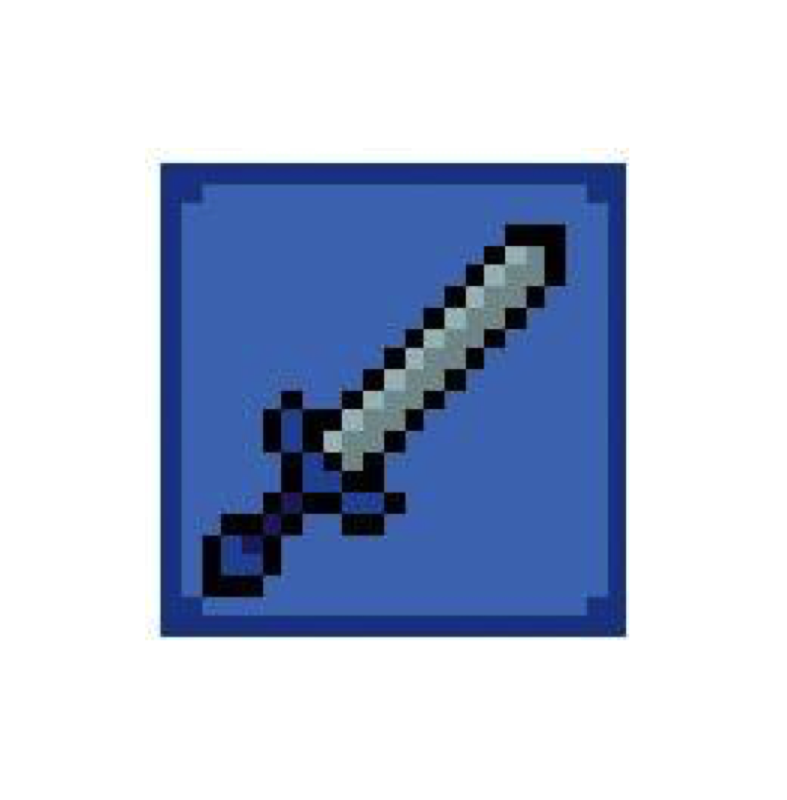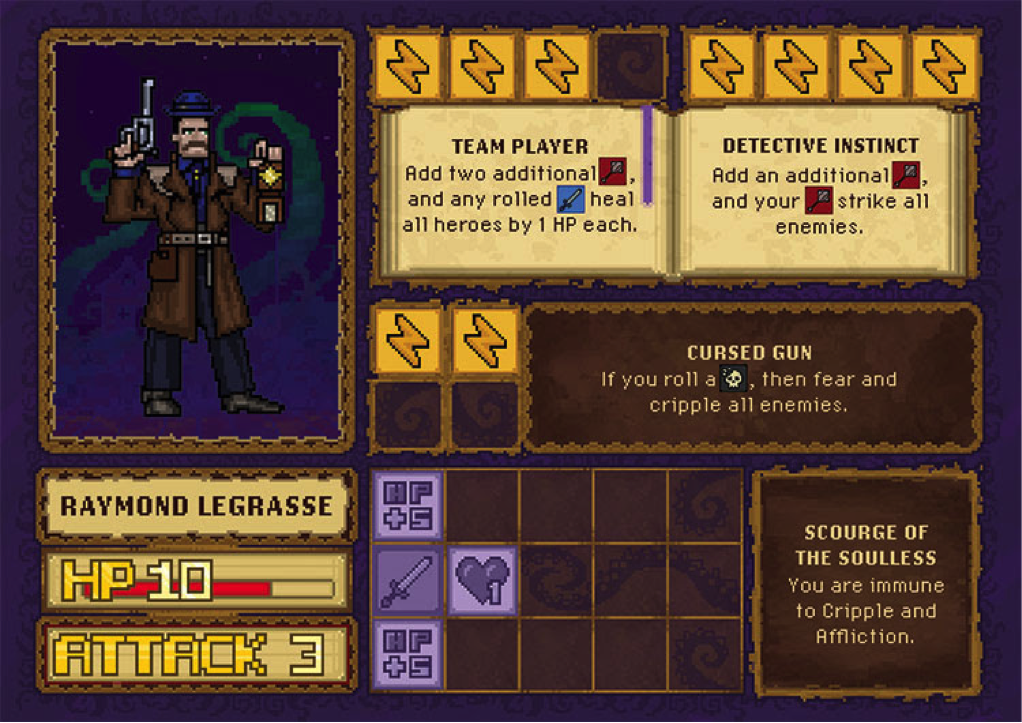
Unusual Elements in Yig Snake Grandaddy
Yig Snake Granddaddy is Petersen Games’ new roleplaying campaign for 5e, based on Lovecraft’s Cthulhu universe as found in Sandy Petersens Cthulhu Mythos. It brings players from Level 1 up to Level 14-20 over the course of several months of play. It comes in four acts, each 60-90 pages long, which combine into a single epic campaign, from the minds of Sandy Petersen and Matt Corley. This campaign is unusual for two reasons.
First, it features time travel, in that ancient creatures – clear back to the dinosaurs – are being brought to the present day to take over the world. This gives gamemasters a chance to feature extinct species and creatures. For example, dinosaurs and pterodactyls play a role in the campaign. Ancient now-vanished Lovecraftian beings, such as serpent men, elder things, and Yithians also make their appearance, and are fierce opponents, to say the least.
These beings are often less-used in Lovecraftian campaigns, because they’re hard to fit into the game world – Yithians should be controlling a world-spanning empire, not lurking in a dungeon, for instance. But this time-travel feature gives us an excuse to feature them. Spoiler – the Yithians do immediately take steps to establish that world-spanning empire!
Second, almost all the opponents are super-intelligent beings. The “stupidest” are the Serpent Men, who have an average INT of 18! The Elder Things and Yithians have average INTS of 23, and many are higher.
This leads to a problem for most gamemasters – how do you portray enemies who are smarter than humans? Smarter than the players, and for that matter, the gamemaster himself?! Well, the rules contain advice on how to do this very thing, and a summary of it is listed here, because it is useful in other situations and games.
Here are some tricks that I’ve used to play super-intelligent opponents.
- They almost always know when the PCs are approaching, because they’ve predicted it.
- They can instantly identify any equipment, gear, and magic items the PCs have visible. Even if they’ve never seen the item before, they can correctly work out what it does from its appearance. Remember: super-intelligent.
- As the gamemaster, listen to the players while they discuss possibilities of action. Then assume that the enemies have taken those player options into consideration.
- If the players pull off a coup of some sort, surprising you, you have two options. First, you can let it succeed. After all, wolves and even insects can sometimes surprise humans. Or if you feel your super-enemies would have figured this out, give them a contingency plan. Just pull it out of your butt – there is an escape pod, or a teleporting dinosaur, whatever. Don’t over use this though.
- If the enemy is defeated, figure out a way that they can work that defeat into their evil plan. You may not see how at first, but you might be able to figure out something by next week’s game night.
- Such enemies should rarely or never fall for an ambush.
Don’t despair – it’s okay if the PCs pull off victories. You’re not trying to “beat” the players. You just want their victory to feel like they beat entities who were smarter than they. This will give them a real feeling of accomplishment and make your game night a fun one.
About Sandy Petersen
Sandy got his start in the game industry at Chaosium in 1980, working on tabletop roleplaying games. His best-known work from that time is the cult game Call of Cthulhu, which has been translated into many languages and is still played worldwide.
He also worked on many other published projects, such as Runequest, Stormbringer, Elfquest and even the Ghostbusters RPG, and was instrumental in the creation of dozens of scenario packs and expansions. He also acted as developer on the original Arkham Horror board game.
In 2013 he founded Petersen Games which has released a series of highly successful boardgame projects, including The Gods War, Evil High Priest, and the much-admired Cthulhu Wars. His games have sold tens of millions of copies worldwide, and he has received dozens of awards from the game industry.

